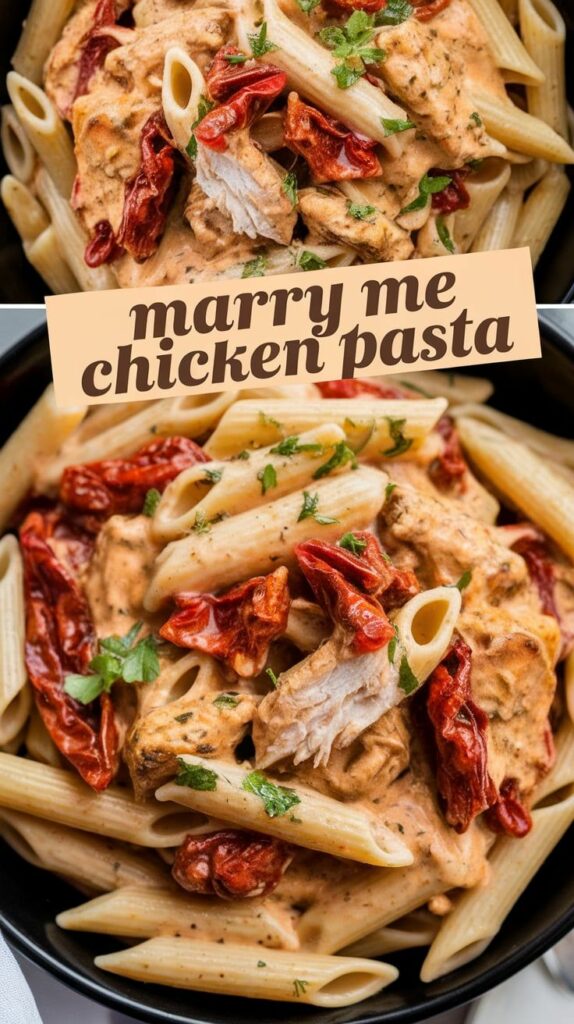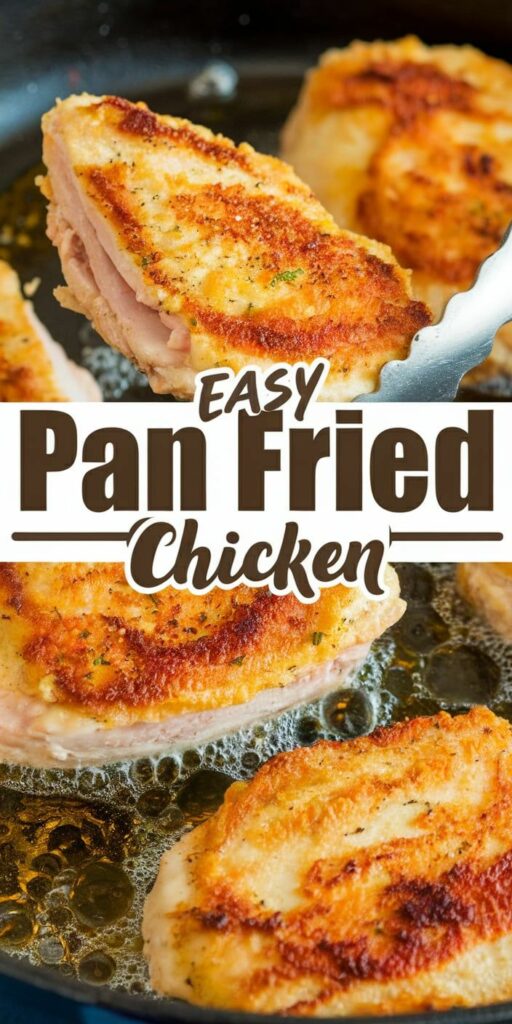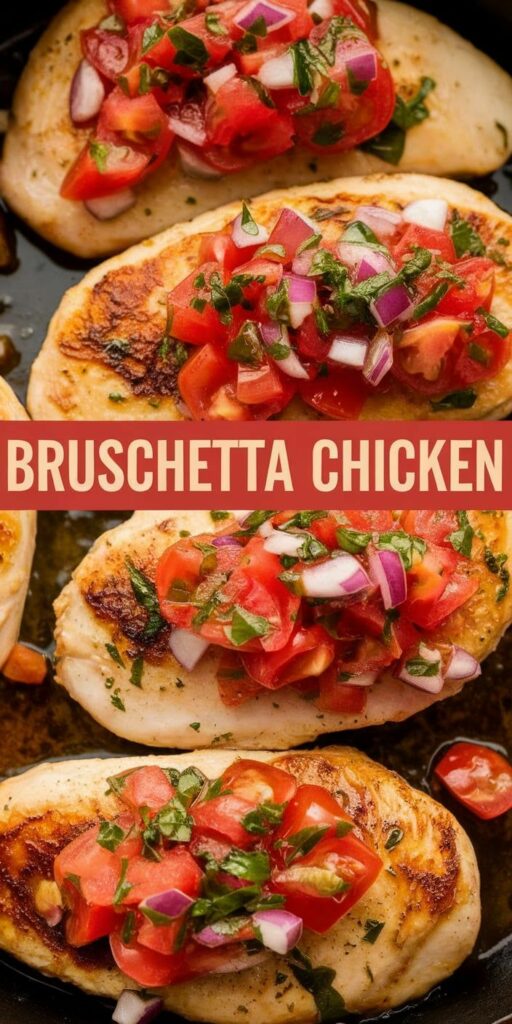Welcome to my favorite mashed potatoes recipe that transforms a simple side dish into a culinary masterpiece. After years of perfecting this creamy mashed potatoes recipe, I’ve discovered the secrets to creating the most irresistible potato dish you’ll ever taste.
My homemade mashed potatoes are more than just a side dish – they’re a crowd-pleaser that works perfectly for holiday gatherings or weeknight dinners. With just 30 minutes of preparation, you can achieve restaurant-quality results that will have everyone asking for seconds.
What makes this mashed potatoes recipe special is its incredible texture and rich flavor. I’ll guide you through each step to ensure your potatoes are fluffy, smooth, and absolutely delicious. Whether you’re a cooking novice or a kitchen pro, this recipe is foolproof and guaranteed to impress.
Get ready to elevate your potato game with a recipe that combines simplicity, taste, and pure comfort in every bite. Let’s dive into creating the most amazing homemade mashed potatoes you’ve ever experienced!

Why My Homemade Mashed Potatoes Recipe Never Fails
Creating perfect mashed potatoes isn’t just a cooking task—it’s an art form I’ve mastered through years of practice and a treasured family recipe. My approach transforms ordinary potatoes into a restaurant-quality side dish that consistently impresses everyone at the dinner table.
The Secret Behind Restaurant-Quality Results
The key to restaurant-quality mashed potatoes lies in understanding potato chemistry and technique. I’ve discovered several critical elements that elevate mashed potatoes from simple to spectacular:
- Choosing the right potato variety
- Maintaining precise temperature control
- Using high-quality dairy products
- Avoiding overworking the potatoes
My Family’s Traditional Method
My family recipe has been passed down through generations, with each cook adding their own subtle twist. The core technique remains consistent: gentle handling, careful seasoning, and a commitment to creating a creamy, luxurious texture that feels like a warm hug on a plate.
What Makes These Mashed Potatoes Special
What sets my mashed potatoes apart is the combination of traditional technique and personal passion. I don’t just follow a recipe—I interpret it, infusing each batch with love and attention to detail that transforms a simple side dish into a memorable culinary experience.
Essential Ingredients for Classic Mashed Potatoes
Creating the perfect mashed potato dish starts with selecting the right mashed potato ingredients. I’ll walk you through the key components that transform simple potatoes into a creamy, delicious side dish that everyone will love.
- Potatoes: The foundation of any great mashed potato recipe. When choosing the best potatoes for mashing, I recommend using Russet or Yukon Gold varieties for their exceptional texture and flavor.
- Butter: Always use high-quality, unsalted butter for maximum richness and control over seasoning
- Milk or Heavy Cream: Adds smoothness and helps achieve that classic creamy consistency
- Salt: Enhances the natural flavors of the potatoes
- Black Pepper: Provides a subtle kick of flavor
For those looking to elevate their mashed potato game, I suggest a few optional ingredients that can transform a simple side dish into something extraordinary. Roasted garlic, fresh herbs like chives or parsley, and a touch of sour cream can add depth and complexity to your mashed potatoes.
The secret to restaurant-quality mashed potatoes lies in the quality of ingredients and proper preparation. When selecting potatoes for mashing, look for firm, smooth-skinned potatoes without any green spots or sprouts. Fresh, high-quality dairy products make a significant difference in the final taste and texture.
Pro tip: Always use room temperature butter and warm milk to ensure a smoother, more consistent mash. Cold ingredients can make your potatoes lumpy and less appealing.
Choosing the Best Potatoes for Mashing
When preparing the perfect mashed potatoes, selecting the right potato variety can make all the difference. Not all potatoes are created equal, especially when it comes to creating that creamy, smooth texture everyone loves.
The best potatoes for mashing typically fall into two main categories: Russet potatoes and Yukon Gold potatoes. Each brings unique characteristics to your dish, so understanding their differences is key to achieving restaurant-quality results.
Russet Potatoes: The Classic Mashing Choice
Russet potatoes are my go-to for traditional mashed potatoes. Their high starch content and low moisture make them ideal for creating light, fluffy mashed potatoes. These potatoes break down easily during cooking, allowing for a smooth, creamy texture.
- High starch content
- Light and fluffy texture
- Perfect for classic mashed potato recipes
Yukon Gold Potatoes: A Buttery Alternative
Yukon Gold potatoes offer a slightly different approach to mashing. With their naturally buttery flavor and medium starch content, these potatoes create a rich, creamy mashed potato with a golden hue.
- Medium starch content
- Naturally buttery flavor
- Creamy and smooth texture
Potato Storage Tips
To keep your potatoes fresh and ready for mashing, store them in a cool, dark place with good air circulation. Avoid refrigerating potatoes, as this can convert their starches to sugar and affect their cooking performance.
- Store in a cool, dark pantry
- Use a ventilated bag or basket
- Keep away from onions
- Check regularly for sprouting or soft spots
Kitchen Tools You’ll Need to Get Started
Creating the perfect mashed potatoes requires more than just ingredients. The right mashed potato tools can transform your cooking experience and elevate your dish from good to extraordinary. I’ll share my favorite kitchen implements that make potato preparation a breeze.
When it comes to mashing potatoes, you have several options. A traditional potato masher provides classic texture, while a ricer delivers ultra-smooth results. Let’s explore the essential tools that will help you create creamy, delicious mashed potatoes.
- Potato Masher: A classic tool with a sturdy handle and perforated plate
- Ricer: Produces exceptionally smooth potato texture
- Large pot for boiling potatoes
- Colander for draining
- Mixing bowl
I recommend investing in a high-quality ricer for the smoothest mashed potatoes. These tools press potatoes through small holes, eliminating lumps and creating a creamy consistency that rivals restaurant-quality sides.
| Tool | Pros | Best For |
|---|---|---|
| Potato Masher | Affordable, traditional method | Rustic, slightly chunky texture |
| Ricer | Ultra-smooth results | Creamy, lump-free potatoes |
| Hand Mixer | Quick and easy | Light, fluffy potatoes |
Selecting the right mashed potato tools can make all the difference in your cooking. Experiment with different implements to find your perfect technique!
Step-by-Step Mashed Potatoes Recipe
Mastering how to make mashed potatoes is an essential cooking skill that transforms simple ingredients into a creamy, delicious side dish. My tried-and-true mashed potato techniques will help you create the perfect potato recipe every time.
Creating restaurant-quality mashed potatoes requires attention to detail and a few key steps. Let me walk you through the entire process to ensure smooth, flavorful results.
Preparation Time and Serving Size
This recipe serves 4-6 people and takes approximately 30 minutes from start to finish. Here’s a quick breakdown:
- Prep time: 10 minutes
- Cooking time: 20 minutes
- Total time: 30 minutes
- Serves: 4-6 people
Boiling and Draining Techniques
Proper boiling is crucial in mashed potato techniques. I recommend these steps for perfect potato preparation:
- Cut potatoes into uniform 1-inch cubes
- Place in cold, salted water
- Bring to a gentle boil
- Cook for 15-18 minutes until fork-tender
- Drain completely in a colander
Mashing and Seasoning Process
The final steps of how to make mashed potatoes elevate a simple side dish to something extraordinary. Return drained potatoes to the hot pan and add:
- Warm butter
- Heated cream or milk
- Salt and pepper
- Optional herbs like chives or parsley
Mash using a potato masher or ricer until you reach your desired consistency. Taste and adjust seasonings as needed. Serve hot and enjoy your perfectly creamy mashed potatoes!
Common Mistakes to Avoid When Making Mashed Potatoes
Creating perfect mashed potatoes can be tricky. I’ve learned many troubleshooting mashed potatoes techniques through years of kitchen experiments. Let me share some critical insights to help you avoid common mashed potato mistakes.
Potato selection and preparation are crucial. Choosing the wrong potato type can lead to disappointing results. Russet potatoes work best for fluffy mashed potatoes, while waxy potatoes can become gummy and dense.
- Avoid overcooking potatoes, which makes them waterlogged
- Never use a food processor, as it breaks down starches and creates a paste-like texture
- Always drain potatoes thoroughly to prevent watery mashed potatoes
- Warm your dairy ingredients before mixing for smoother consistency
Temperature and technique matter significantly in mashed potato preparation. Cold milk or butter can create lumpy textures. I recommend warming dairy ingredients and using a potato masher or ricer for optimal smoothness.
Seasoning is another critical area where home cooks often struggle. Start with less salt and add gradually. Taste as you go to ensure perfect flavor balance. Remember that butter and cream can enhance taste without overwhelming the potato’s natural flavor.
- Use kosher salt for better flavor distribution
- Add seasoning incrementally
- Taste frequently during preparation
By understanding these mashed potato mistakes and implementing proper techniques, you’ll transform your side dish from mediocre to magnificent. Practice makes perfect!
Flavor Variations and Add-In Options
Transforming classic mashed potatoes into exciting culinary creations is easier than you might think. My favorite mashed potato variations can turn a simple side dish into a memorable dining experience. Let me share some delicious ways to elevate your potato game.
Garlic and Herb Infusions
Garlic mashed potatoes are a crowd-pleaser that adds incredible depth to the classic recipe. I recommend roasting whole garlic cloves until they’re soft and caramelized, then mashing them directly into your potatoes. Fresh herbs can take the flavor to the next level:
- Chopped rosemary
- Fresh thyme leaves
- Finely chopped chives
- Minced parsley
Cheesy Potato Delights
Cheesy mashed potatoes transform the dish into a rich, indulgent side. I love experimenting with different cheese combinations that bring unique flavors to the table.
| Cheese Type | Flavor Profile | Best Paired With |
|---|---|---|
| Sharp Cheddar | Bold and tangy | Grilled meats |
| Parmesan | Nutty and sophisticated | Roasted vegetables |
| Goat Cheese | Creamy and subtle | Light protein dishes |
Special Dietary Modifications
No one should miss out on delicious mashed potatoes. I’ve developed alternative recipes that cater to different dietary needs:
- Vegan version: Use plant-based milk and olive oil
- Low-fat option: Replace cream with Greek yogurt
- Dairy-free alternative: Coconut milk works wonderfully
Make-Ahead Tips and Storage Instructions
Preparing make-ahead mashed potatoes can be a game-changer for busy home cooks. I’ve discovered that you can safely store your creamy potato creation in the refrigerator for up to three days before serving. The key is to cool the mashed potatoes quickly and store them in an airtight container to maintain their fresh taste and texture.
When it comes to storing mashed potatoes, I recommend using a shallow container to help them cool faster and prevent bacterial growth. If you’re planning to freeze your batch, transfer them to a freezer-safe container, pressing plastic wrap directly onto the surface to prevent freezer burn. Frozen mashed potatoes can last up to two months, giving you a convenient make-ahead option for future meals.
Reheating mashed potatoes requires a gentle touch to preserve their creamy consistency. I prefer using the oven method, which helps restore moisture. Simply spread the potatoes in a baking dish, add a splash of milk or cream, cover with foil, and warm at 350°F for about 20-30 minutes. Stir occasionally to ensure even heating and prevent any dry spots from forming.
Pro tip for home cooks: If your reheated mashed potatoes seem a bit dry, don’t worry! A little extra butter or warm cream can quickly revive their smooth texture. With these storage and reheating techniques, you’ll always have delicious mashed potatoes ready to serve at a moment’s notice.



